From the warm glow of turmeric to the smoky allure of paprika, these 5 orange spices will transform your cooking with vibrant color and complex flavors. This guide delivers actionable techniques for home chefs seeking to master culinary color theory while respecting cultural traditions.
Table of Contents
- Introduction
- Top 5 Orange Spices
- Turmeric – The Golden Wonder
- Paprika – Sweet, Smoky, or Spicy?
- Annatto – The Natural Color Booster
- Saffron – The Royal Touch
- Cayenne Pepper – A Fiery Orange Kick
- How to Use These Orange Spices Like a Pro
- Buying and Storing Tips
- Cultural Significance Beyond the Kitchen
- Conclusion
- Frequently Asked Questions
Introduction: Why Orange Spices Are Culinary Color Architects
Most spice racks overflow with monochromatic blends, but orange-hued spices offer something extraordinary: edible pigments that transform dishes visually while adding nuanced flavors. Unlike artificial dyes, these natural colorants carry centuries of culinary wisdom. This guide targets home chefs who want to move beyond basic seasoning into intentional color crafting—without venturing into unverified health claims.
We'll examine five iconic orange spices through the lens of practical application, cultural context, and sensory science. You'll learn precise usage thresholds, flavor chemistry insights, and how to avoid common pitfalls that turn vibrant dishes muddy.
Top 5 Orange Spices
| Spice Name | Origin | Flavor Profile | Main Culinary Application | Key Properties |
|---|---|---|---|---|
| Turmeric | India | Earthy, slightly bitter | Curries, rice dishes, marinades | Heat-stable golden pigment; requires fat for solubility |
| Paprika | Central Europe & Middle East | Sweet, smoky, or spicy depending on type | Goulash, paella, roasted meats | Light-sensitive; best added late in cooking |
| Annatto | Latin America | Nutty, peppery, slightly sweet | Rice dishes, cheeses, meat rubs | Oil-soluble pigment; imparts color without overpowering flavor |
| Saffron | Persia/Iran | Floral, honey-like | Paella, risotto, baked goods | Water-soluble threads; imparts golden hue (not orange) |
| Cayenne Pepper | Central/South America | Spicy, sharp | Hot sauces, spice blends, finishing dust | Heat diminishes with prolonged cooking; use sparingly |
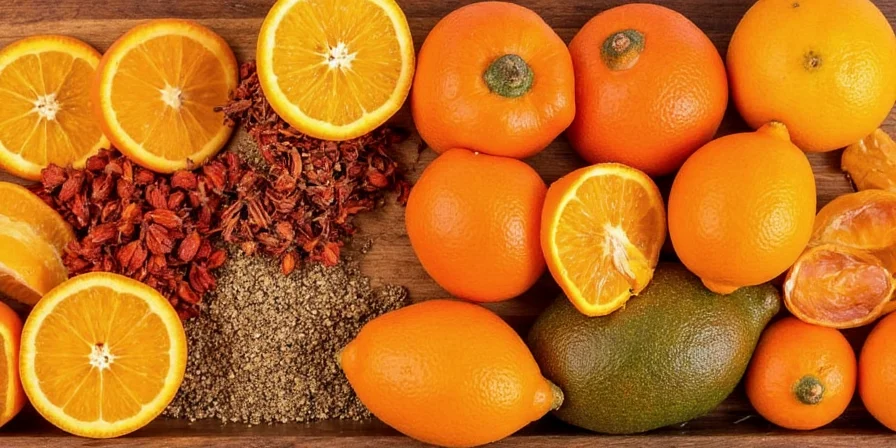
Turmeric – The Golden Wonder
Native to Indian cuisine, turmeric's golden hue comes from curcumin—a compound requiring specific activation. Forget wellness trends; focus on its culinary behavior: it binds to proteins in dairy and legumes, creating stable color in curries. Acidic ingredients like tomatoes cause rapid fading.
- Taste: Earthy with subtle bitterness that mellows when cooked.
- Optimal Use: Bloom in hot oil with black pepper (piperine increases solubility) before adding liquids.
- Color Hack: For vibrant yellow rice, add turmeric to boiling water before rice—never directly to dry grains.
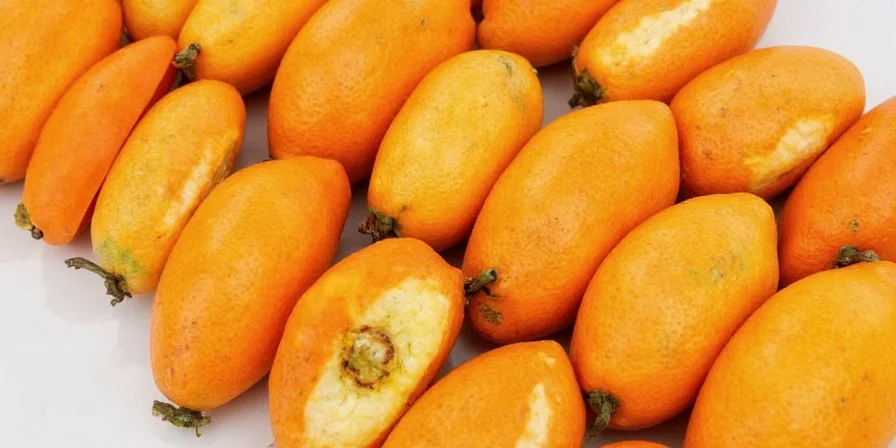
Paprika – Sweet, Smoky, or Spicy?
Produced from dried Capsicum annuum peppers, paprika's color intensity depends on variety and processing. Hungarian sweet paprika provides pure color, while Spanish smoked paprika (pimentón) adds wood-fired depth. Crucially, its carotenoids degrade above 175°F (79°C).
- Taste: Sweet varieties offer bell pepper notes; smoked versions impart campfire complexity.
- Optimal Use: Stir into finished dishes—like deviled eggs or hummus—for maximum color impact.
- Pro Tip: Mix smoked paprika with a pinch of sugar to balance bitterness in tomato-based sauces.

Annatto – The Natural Color Booster
Hailing from Amazonian tribes, annatto's achiote seeds create vibrant hues through bixin—a fat-soluble pigment. Unlike artificial dyes, it contributes subtle nuttiness while coloring Latin American dishes like cochinita pibil without altering flavor balance.
- Taste: Mildly peppery with earthy undertones.
- Optimal Use: Infuse seeds in oil for 5 minutes (do not boil) to extract color without bitterness.
- Cultural Insight: In Yucatán, annatto paste is rubbed on meats hours before cooking to develop complex flavor layers.
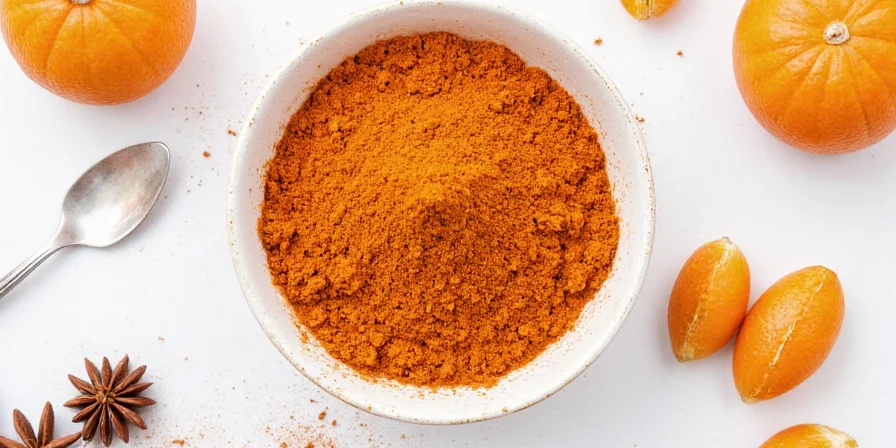
Saffron – The Royal Touch
The world's most labor-intensive spice, saffron requires 75,000 crocus stigmas for one pound. Its golden color (not orange) comes from crocin—a water-soluble compound. Authentic Spanish saffron threads should snap crisply when bent, indicating proper drying.
- Taste: Floral with hay-like notes; overpowering in excess.
- Optimal Use: Steep threads in 2 tbsp warm broth for 15 minutes before adding to paella.
- Avoid: Using ground saffron—adulteration is rampant; always buy whole threads.
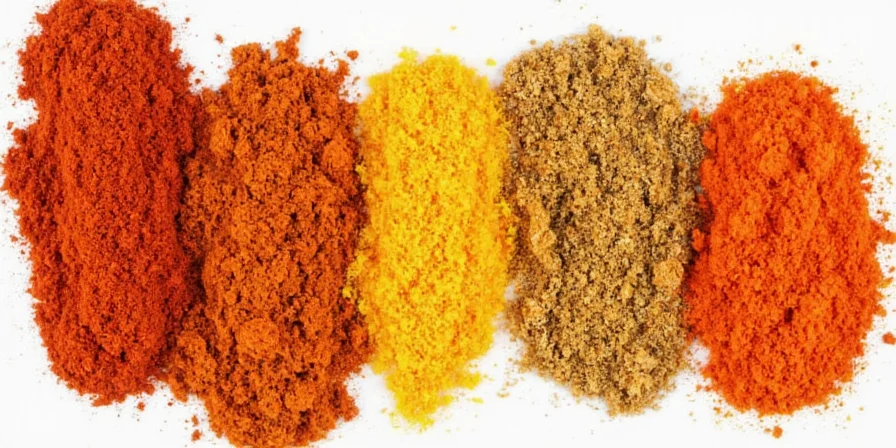
Cayenne Pepper – A Fiery Orange Kick
Made from dried Capsicum frutescens peppers, cayenne delivers clean heat without the earthiness of chili powder. Its capsaicin content peaks when peppers are fully matured orange-red—not green.
- Taste: Sharp, immediate heat with minimal aftertaste.
- Optimal Use: Add in final 2 minutes of cooking to preserve volatile heat compounds.
- Pro Tip: Balance cayenne's intensity with honey or lime juice—never sugar, which amplifies heat perception.
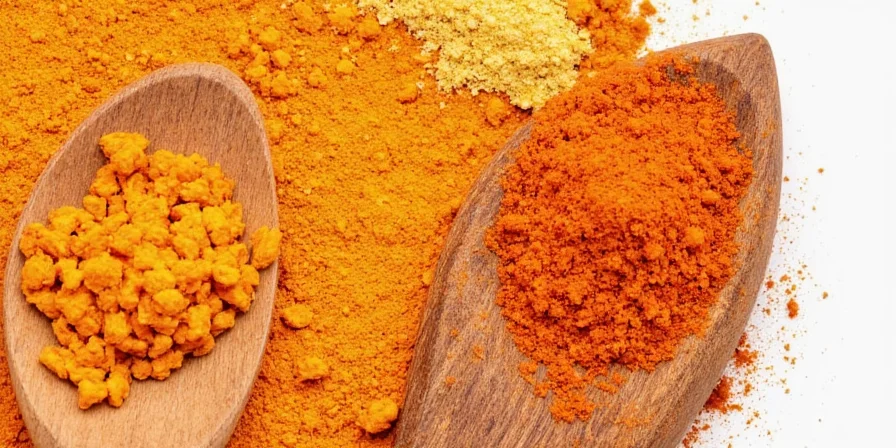
Color-First Cooking Techniques
Move beyond random sprinkling with these precision methods:
- Layered Coloring: For golden soups, add turmeric early (oil-soluble) and saffron late (water-soluble) to prevent color conflict.
- Temperature Control: Paprika burns at 212°F (100°C)—always stir into cooled sauces.
- Color Preservation: Acidic ingredients fade turmeric; add lemon juice after cooking.
- Visual Contrast: Dust smoked paprika over white bean puree for striking plating.
- Flavor-Color Synergy: Pair annatto's nuttiness with coconut milk in Caribbean stews.
Purchasing and Preservation Protocol
Color degradation begins immediately after grinding. Implement these science-backed practices:
- Whole vs. Ground: Buy whole saffron threads and annatto seeds; grind turmeric/paprika fresh using a dedicated coffee grinder.
- Light Protection: Store all in opaque containers—UV light degrades carotenoids in 30 days.
- Oxygen Barrier: Press plastic wrap directly onto spice surfaces before sealing jars.
- Freeze Dried Chilies: Paprika and cayenne maintain potency 2x longer when frozen in vacuum-sealed bags.
- Shelf Life Test: Rub spices between palms—if aroma is weak, potency is gone (color fades last).
Cultural Significance Beyond the Kitchen
- Pre-Columbian Maya used annatto for ceremonial body paint—its oil repels insects while providing SPF 15 protection.
- Saffron's golden threads symbolize sacred light in Zoroastrian rituals, not luxury.
- Turmeric's role in Indian weddings (as haldi) stems from its antimicrobial properties for pre-wedding skincare.
- Spanish paprika regulations require 90-day aging of peppers to develop optimal color compounds.
- Cayenne's name references the French Guiana capital, but its culinary dominance emerged through African diaspora cooking techniques.
Conclusion: Mastering the Palette of Flavor
Orange spices are culinary artists' pigments—not mere seasonings. Their true power lies in understanding pigment chemistry: turmeric's fat solubility, paprika's light sensitivity, annatto's oil affinity. By respecting these properties, you transform dishes from visually flat to multidimensional experiences.
Next time you reach for these spices, consider not just flavor but color physics. A pinch of properly handled saffron can elevate a simple rice dish into visual poetry. That's the real magic of the spice rack's orange spectrum.
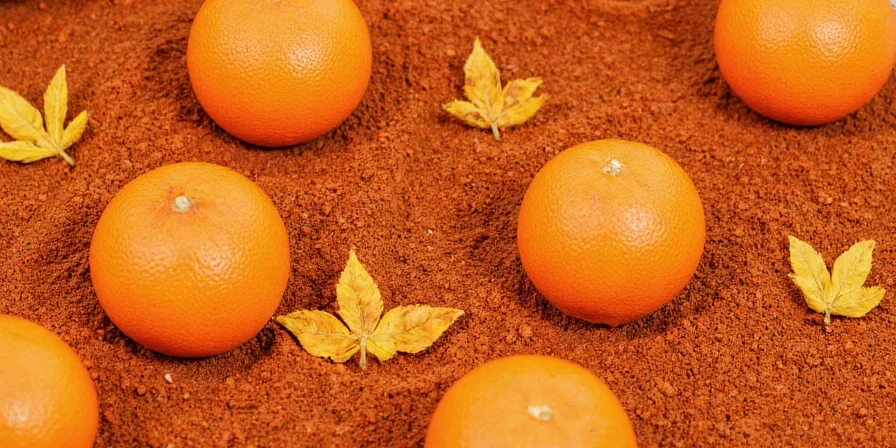

Frequently Asked Questions
Why does my turmeric-colored rice turn muddy brown?
Acidic ingredients like tomatoes or lemon juice degrade turmeric's curcumin. Always add acid after cooking, or cook rice in neutral pH water before adding turmeric.
Can I substitute paprika for annatto in cheese coloring?
No—they work differently. Paprika's color fades with heat and acid, while annatto's bixin is heat-stable. For authentic queso fresco coloring, use annatto oil.
How do I verify saffron authenticity without lab testing?
Place threads in warm water: genuine saffron slowly releases golden color over 15 minutes. Fakes (like marigold) bleed color immediately or turn water red.
Does freezing destroy paprika's flavor?
No—freezing actually preserves volatile compounds. Vacuum-seal in flat bags to prevent freezer burn, and use within 18 months for peak color intensity.
Why add black pepper to turmeric dishes?
Piperine in black pepper increases curcumin absorption by 2000% in culinary applications. Bloom both in oil for 60 seconds before adding liquids to activate this synergy.

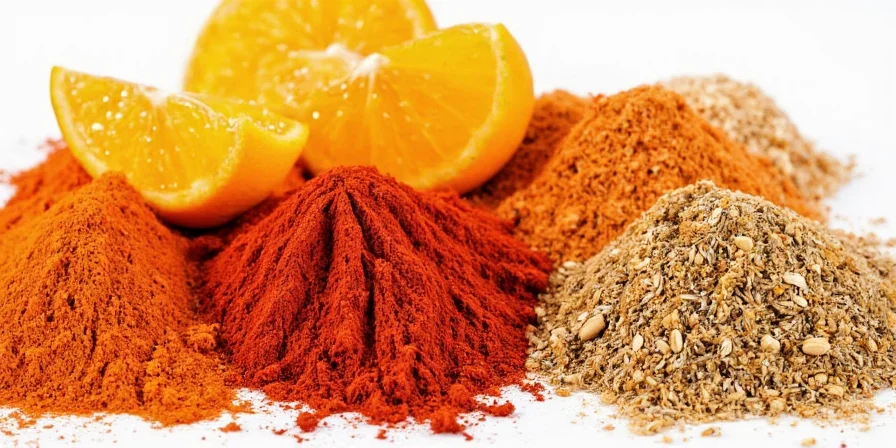









 浙公网安备
33010002000092号
浙公网安备
33010002000092号 浙B2-20120091-4
浙B2-20120091-4